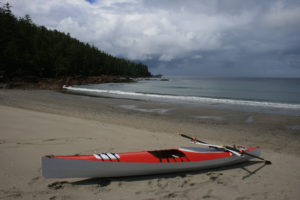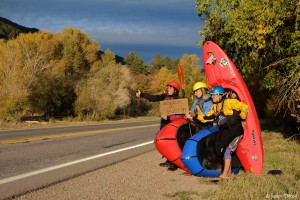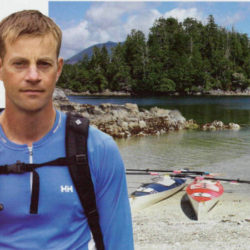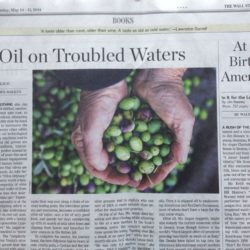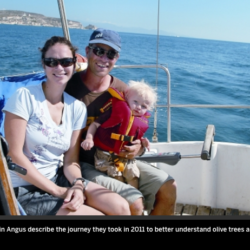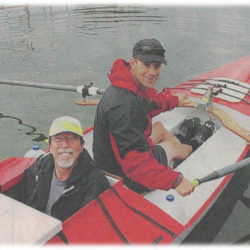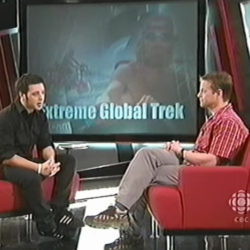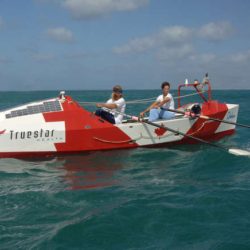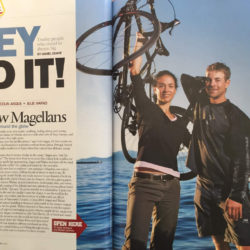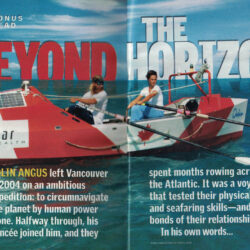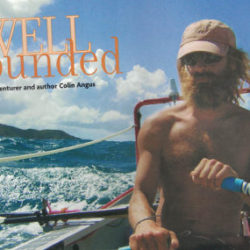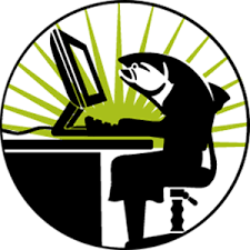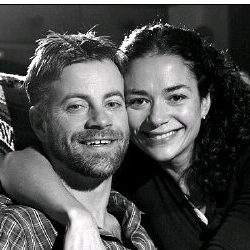It’s been a very busy month for Julie and me. Fifteen days ago I returned from my grueling row around Vancouver Island, and in twelve days we will be heading off on our four-month expedition Olive Odyssey.
The voyage around the island was every bit as challenging as I expected. The goal was to circumnavigate the 1150 km perimeter by human power in less than 16 days 12 hours and 14 minutes, the record held by kayaker, Joe O’Blenis. Unlike other endurance quests, luck was an essential ingredient for success. The weather off Vancouver Island’s rugged west coast can be abysmal, and a gale blowing from the south for a few days would make it impossible to break the record. Fortunately, although the weather wasn’t great, conditions were moderate, and I was able to make steady forward progress. It was my own body that began slowing the pace – for the latter half of the journey I was afflicted with severe tendinitis in both legs and my right forearm. The gorgeous scenery was a continual balm, and I felt fortunate to arrive back in Comox 15 days, 11 hours and 47 minutes after starting the voyage.
The other exciting news is we will be starting Olive Odyssey very shortly.In partnership with National Geographic, Julie, Leif and I will undertake an expedition researching and unraveling the story of the olive tree.We will sail from Spain near the western edge of the old world olive groves and voyage through the Mediterranean to the Middle East to where the olive tree was first domesticated.
Our inspiration behind this project comes from Julie’s family’s traditional olive farm in Syria just a few km from where archeologists unearthed the first written records of the olive. It was on our last expedition, rowing and cycling 7,000 km from Scotland to Syria, that our interest in the olive was piqued. We finished the expedition at the family olive groves, and were awed by the rich history and lore surrounding this fruit. Later, genetic testing revealed Julie’s ancestry to be Phoenician – the seafaring people from the region of present day Lebanon and Syria who were responsible for distributing the domestic olive tree throughout the Mediterranean.
So it only seemed natural to further explore the origins, history and influence of the olive. Here is a description from our website further outlining our journey:
Olive Odyssey is a quest to expose the secrets of the world’s most influential fruit. How could greedy olive oil companies kill more than 1000 people? Why do Sardinians, who consume vast quantities of olive oil, have more centenarians than anywhere else? Who picked the first olive and forever changed the world?
The humble olive, all too often taken for granted on a slice of leftover pizza, is arguably the world’s most influential fruit. First cultivated some 8,000 years ago in the Middle East, the olive tree quickly spread throughout the Mediterranean and became an important commodity for empires that would help shape the modern world. Olive oil was not only a vital food to sustain the masses, but lubricated heavy machinery, sealed wooden ships, and fueled lamps. The olive branch became a universal symbol of peace and reconciliation, adorned the heads of Olympians and accompanied kings in their grave. For millennia much of the world agreed with Homer in the Odyssey; olive oil was “liquid gold”.
Our team will travel 3,500 km by small boat from Spain to the Middle East, retracing the trading routes of early seafaring merchants to explore the lands sculpted by the olive tree and uncover how the olive first came to those shores. This National Geographic sponsored expedition will take place from August to December 2011
If you’re interested in following our journey, we’ll be posting regular updates and pictures at www.oliveodyssey.com. It won’t all be about the olive – we’ll also be sharing what it’s like being a family sailing the Mediterranean on a budget. The first thing we’ll be doing when we arrive in Spain is purchasing a comfortable, seaworthy 25-30 ft sailboat.
And if you’re really captivated by the journey, you can hop in the boat yourself; we’ll be selling the sailboat for a good price at the end of the journey in Turkey – one of Europe’s most enchanting sailing destinations. But of course the easiest way to enjoy the expedition will be to pick up a copy of Julie’s book Olive: Corruption, Miracle Cures, and a Search for the Origins of the Fruit that Changed the World – due out in the fall of 2012.
On the topic of family, a lot of people have been asking how Leif is doing. He’s just turned ten months, and is a bundle of energy, crawling and climbing everywhere. It’s a challenge getting food into him faster than he burns it. For his safety we have a Salus lifejacket and a harness. We’ve heard there is controversy about harnesses and babies (something about indignity to the child), but we’d rather have a safe and healthy child, than a dignified baby scampering under the wheels of a bus.
Below is the full description of the Vancouver Island circumnavigation. You can also read about this trip in the upcoming issues of explore and Wavelength magazines.
Rockin’ and a Rowin’ around Vancouver Island
A few hours from the end of my record-breaking voyage, I pulled into Ford’s Cove marina on Hornby Island. The day was going smoothly, and a couple slices of pizza and a cappuccino seemed a suitable way to celebrate my last few hours on the water. As I tied my peculiar-looking rowboat to the dock a tourist looked over with interest.
“Where’d you paddle from?” He asked.
“Comox.”
“That’s a long way to travel in a small boat,” He said, scrutinizing my vessel with renewed interest.
He was obviously thinking the direct route from Comox – about 27 km. At this point, I’d actually rowed almost 1100 km from Comox as I circumnavigated Vancouver Island in a counterclockwise direction. The remaining 27 km distance seemed a skip and a hop away.
My spirits were buoyed by thoughts of completion and the great weather, but it hadn’t always been fair winds and flat seas.
My voyage started at 4:00 AM, June 20 from a beach in Comox. It was dark, and…



